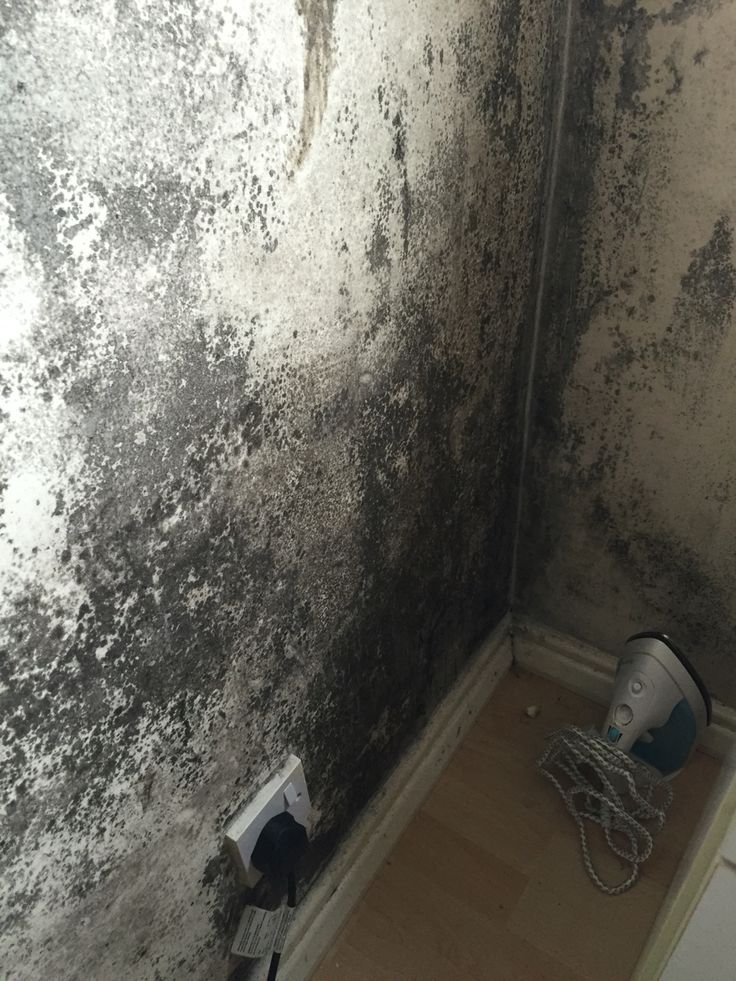
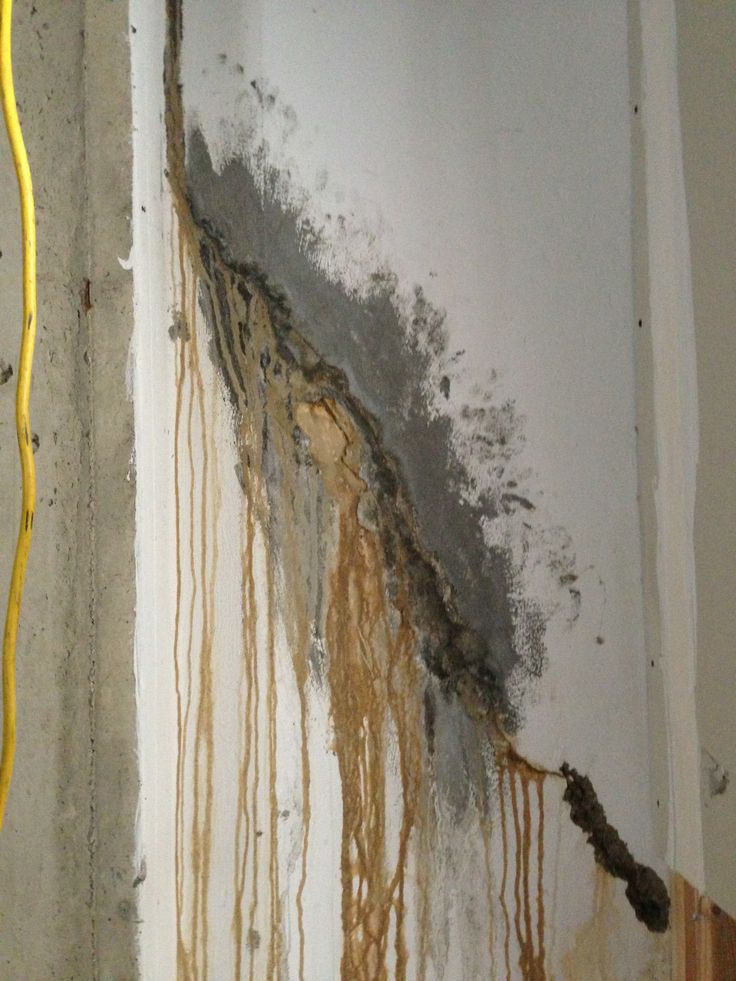
The warm and humid climate of Singapore presents an ideal environment in which mold thrives. Most importantly, the city is always moist, which increases the household’s mold problem. However, most people consider mold to be just an issue for the eyes. It has severe effects on the quality of indoor air. As such, it is crucial to understand how mold impacts indoor air quality, as far as your health and comfort are concerned. Mold has spores, toxins, and odours that are expelled into the air, rendering it unsafe to breathe. Therefore, citizens can be exposed to allergies, respiratory diseases, and other forms of health hazards.
In this article, you will find out the specific ways that mold causes damage to the indoor air quality in Singapore and learn how to protect your home and yourself.
1. Release of Airborne Mold Spores
Mold is transmitted using microscopic spores, which float in the air. One cannot see these spores, but they can easily be breathed in. They are therefore transported to the lungs and cause allergies. Most importantly, they compromise the purity of the air even if mold lies dormant. The spores multiply in the air-conditioned and enclosed space in Singapore. Thus, they are inhaled by people hour after hour without them realising it.
Similarly, the spores become deposited on furniture, clothing, and bedding and contaminate the area. This considerably decreases the indoor air quality. To reduce the level of spores, it is possible to control moisture and utilize air purifiers with HEPA filters. Similarly, frequent cleaning will ensure the avoidance of spore accumulation in places of residence.
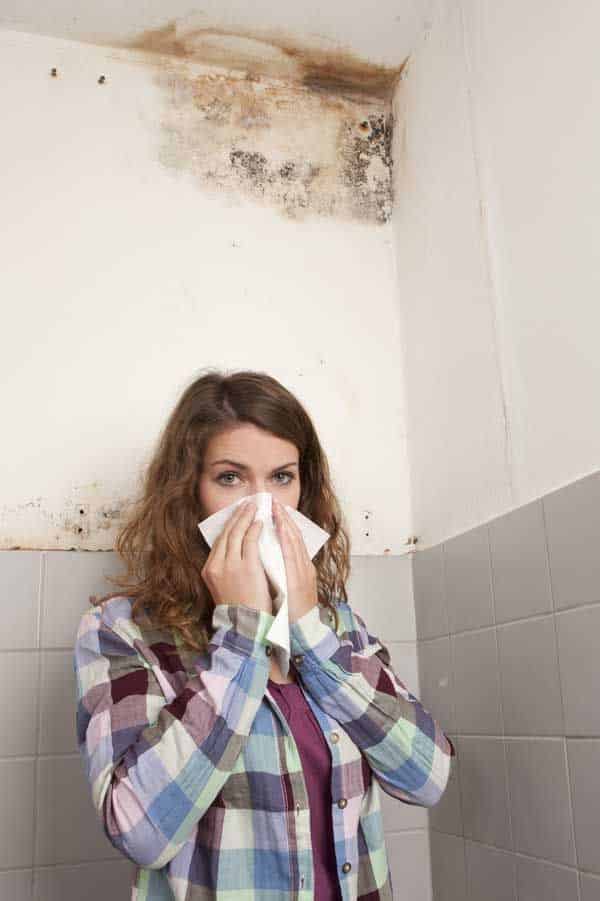
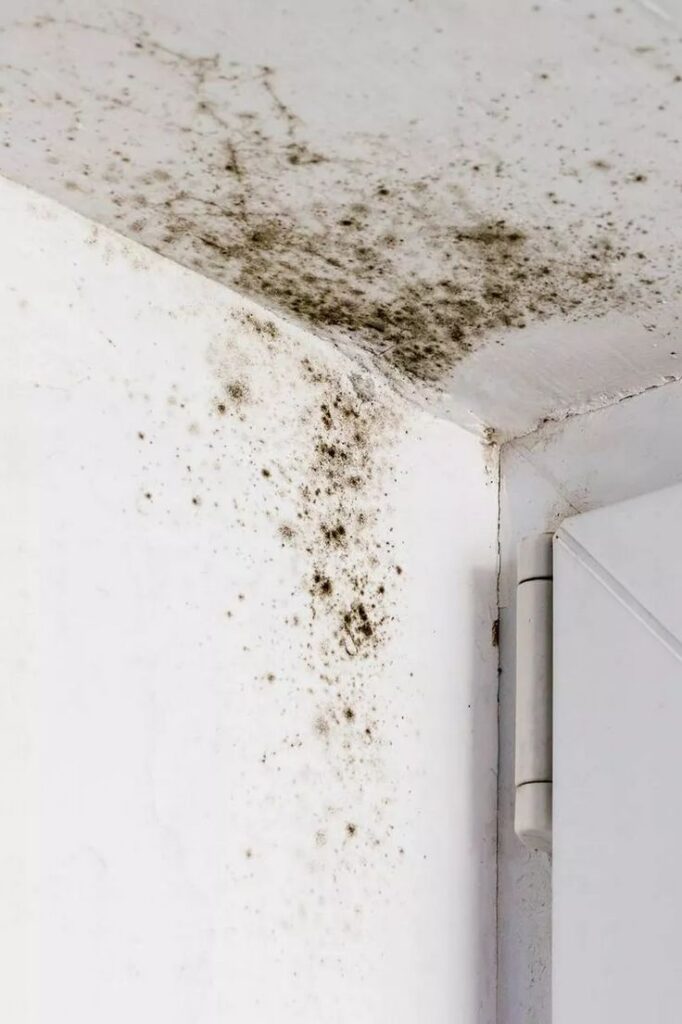
2. Production of Musty Odours
Mold has a high musty smell as it develops. These odours occur due to microbial volatile organic compounds or MVOCs. This leads to a stale and ugly feeling of air. Most importantly, the presence of odours persists despite removing the observable mould. These odours grow rapidly in the humid atmosphere of Singapore. Thus, the visible effect is that individuals can feel discomfort or even a headache after constant exposure.
Also, musty smells may indicate a concealed mold growth inside the walls or beneath the floor. This implies that the home is already experiencing poor quality of air. The smell can only be completely eliminated by attempting to eliminate mold at its source. Also, ventilation can be enhanced to disperse confined odours in the rooms.
3. Triggering Allergic Reactions
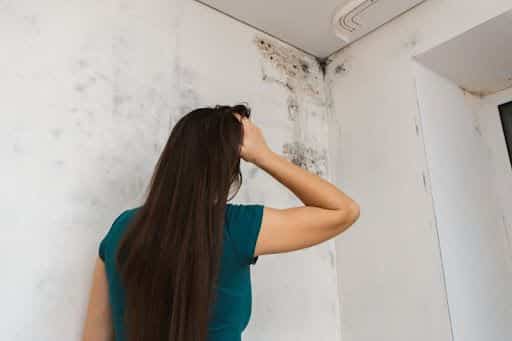
There are several allergic reactions that mold may cause. These are sneezing, runny eyes, and irritation of the skin. The indoor space, therefore, creates discomfort for sensitive persons. Similarly, children and elderly inhabitants are at greater risk. Most importantly, mold spores cause inflamed nasal passages, aggravating pre-existing allergies. In Singapore, the climate is often humid, which guarantees that there is always some active mold; thus, reactions are constantly exposed to it.
Thus, inefficient air quality remains unless the mold is eliminated. Besides, allergies can become chronic when exposed over a long period. Triggers can be reduced with the help of dehumidifiers, cleaning, and sealing the leaks. Overall, mold prevention is the key to allergen-free air in homes and offices in Singapore.
4. Lowering Oxygen Freshness Indoors

Even though mold does not consume oxygen directly, it alters the composition of the air. The growth of mold causes an elevation of humidity and the release of MVOCs. As a result, the air seems to be heavier and stale. Most importantly, it causes discomfort when one breathes, especially in closed rooms. The ventilation in high-density living areas in Singapore can already be constrained. Thus, mold aggravates the situation by decreasing the perceived quality of air freshness.
On the same note, the reeking scents produce a psychological sensation of stale air. One can use dehumidifiers, as well as ventilation systems, to improve the quality of the air. Similarly, by eliminating mold, it is possible to make the oxygen cool and fresh within a house. Pure air helps one sleep better, concentrate more, and generally be healthier at home.
5. Releasing Mycotoxins into the Air


Some types of molds generate dangerous mycotoxins. Such harmful substances can be connected to spores and dust in the air. Therefore, it is hazardous to your health to inhale them. Most importantly, prolonged exposure can even damage the nervous system. The humid weather of Singapore predisposes one to toxic molds. It is thus essential to isolate and eliminate the harmful strains in the shortest time possible.
Similarly, mycotoxins are undeterred by casual cleaning procedures, and professional assistance is required. Contamination can be identified throughout the air test before manifestations may occur. Similarly, toxins cannot spread during removal, since it is done in sealed containment. Mycotoxin-producing mold is crucial to eliminate and reestablish safe and healthy indoor air quality.
6. Contaminating HVAC Systems
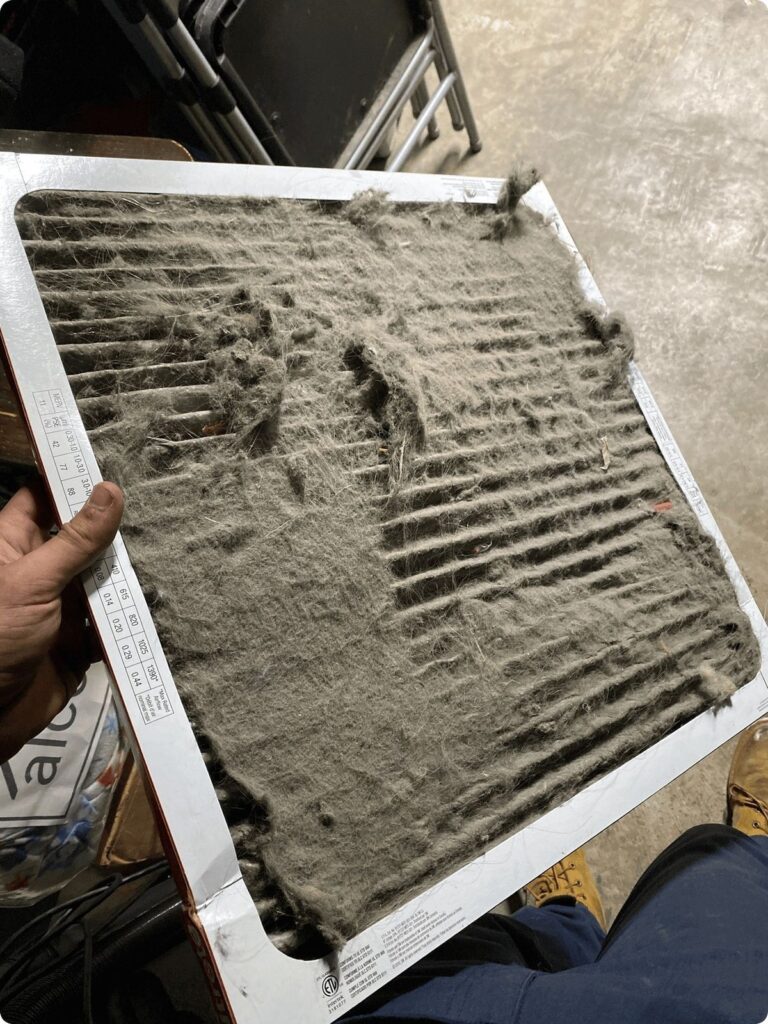
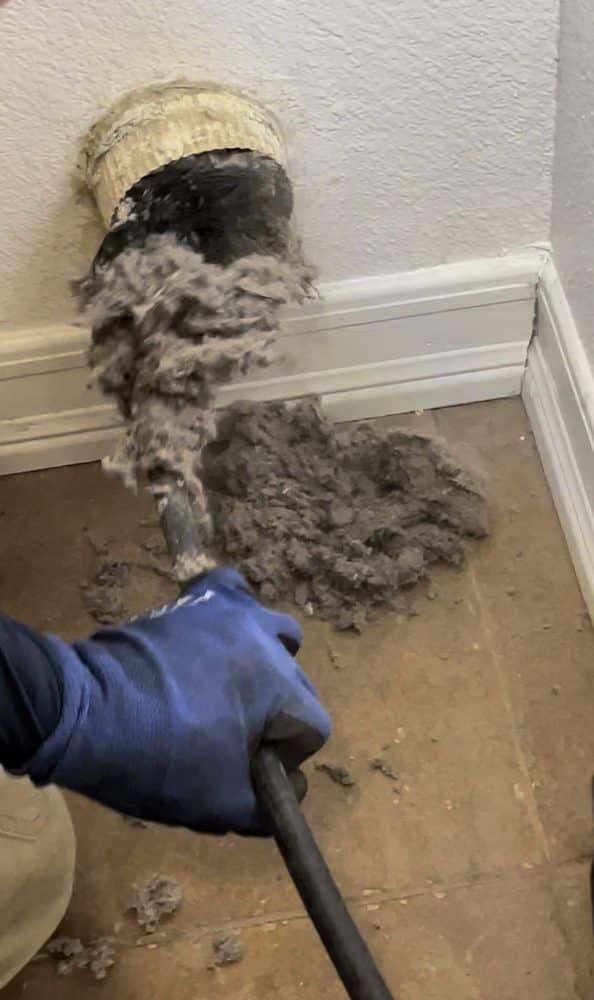
Heating, ventilation, and air conditioning (HVAC) systems are areas where mold can grow. Condensation moisture promotes its propagation in filters and ducts. Therefore, when system usage is repeated at least once, the spores are spread in the house. Most importantly, this results in air pollution. Air conditioning is applied almost every day in Singapore. Thus, uncontrolled HVAC mold is capable of drastically affecting air quality.
It also causes mold to spread to all connected rooms. This is avoided through regular servicing, cleaning of filters and ducts, and disinfection. Moreover, the inspection of HVAC by professionals assists in the detection of disguised growth. Maintaining these systems free of molds guarantees cleaner and safer air to all occupants in the building.
The Bottom Line
The effects of mold on Singapore’s indoor air are grave and extensive. Most importantly, it emits spores, develops toxins, and causes health issues. Thus, the inhabitants experience allergies, asthma, infections, and Sick Building Syndrome. Hence, it is necessary to control humidity, enhance ventilation, and clean regularly. Moreover, air quality tests, as well as professional mold removal services, can identify hidden mold.
In conclusion, keeping the environment mold free is a healthy and home-safe practice. Realizing the precise effects of mold on air, Singaporeans will have a chance to respond on time. Simply put, the problem of clean indoor air is a necessity, and the key requirement to achieve it is mold control.
- 0shares
- Facebook0
- Pinterest0
- Twitter0
- Reddit0













